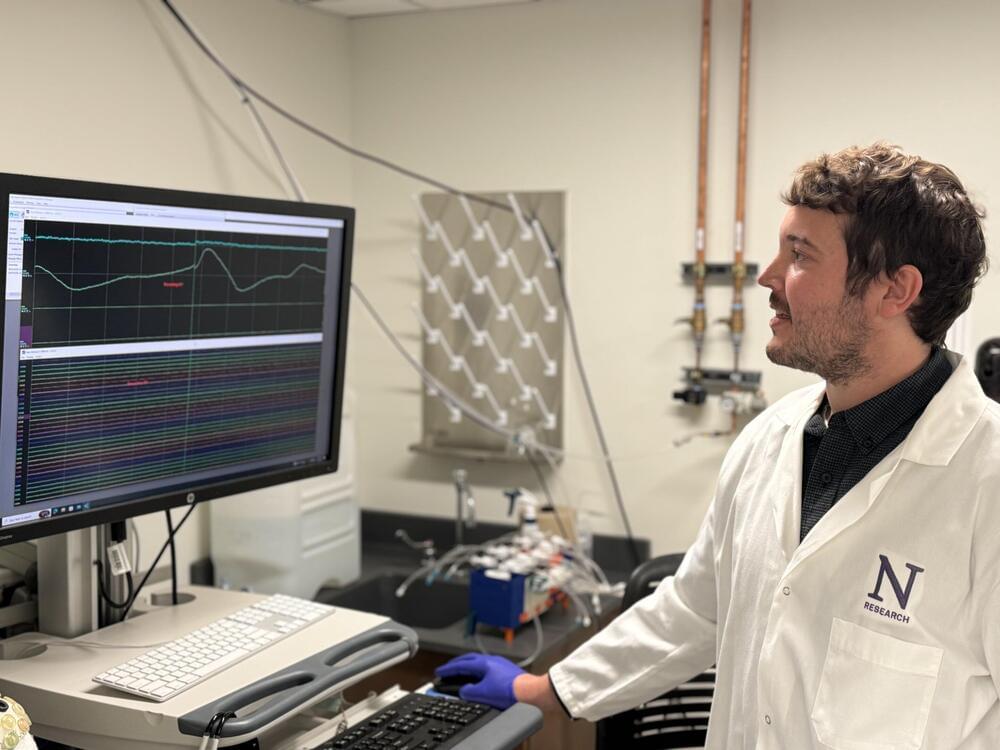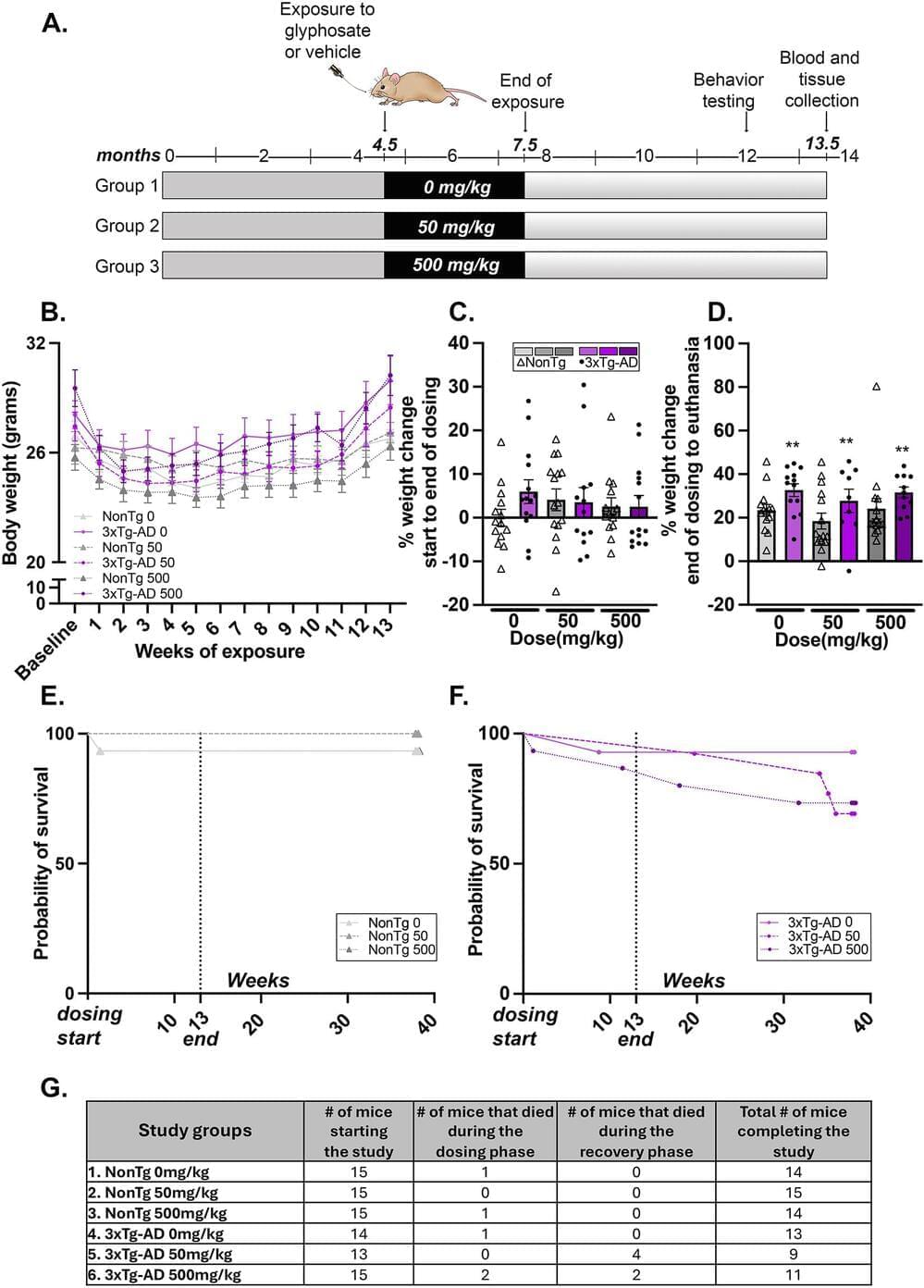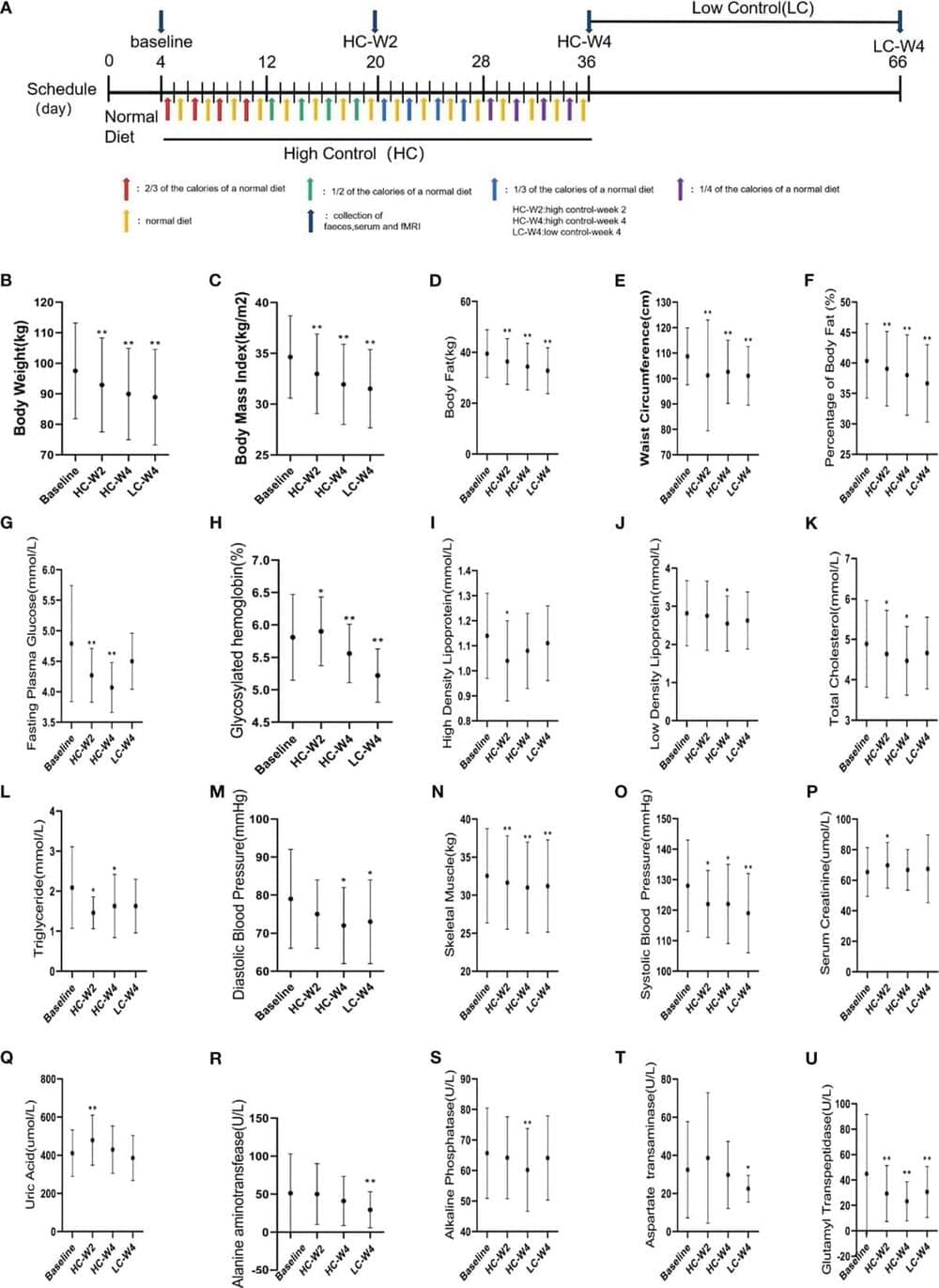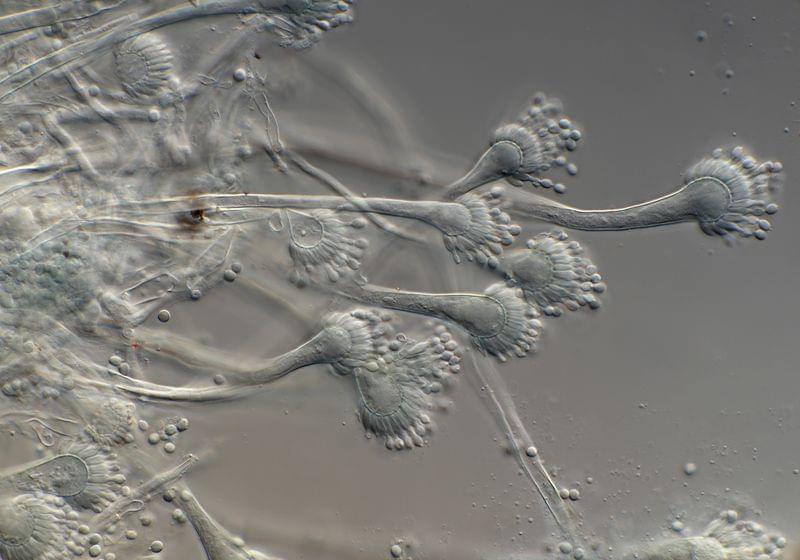Unlocking The Potential Of Blood — Dr. Jackie Kunzler Ph.D. — Senior Vice President, Global R&D, Terumo Blood and Cell Technologies.
Dr. Jackie Kunzler, Ph.D. is Senior Vice President and Global Head of Research and Development (R&D), and member of the Executive Management Committee, of Terumo Blood and Cell Technologies (https://www.terumobct.com/), where she focuses on innovation and development leading the way for unlocking the potential of blood and cell collections in varied sectors, including blood banking, plasma-based therapies and cell and gene therapies.
Dr. Kunzler joined Terumo from Baxter Healthcare where she held successive leadership roles in their business, including as Baxter Healthcare’s Senior Vice President for Quality and Regulatory and Head of Global Life Sciences.
Dr. Kunzler holds a Ph.D. in Cell Biology/Neuroscience from the University of Illinois, Chicago. She earned a Master of Science in Toxicology from the University of Florida, Bachelor’s degrees in Biology and Medical Technology (Laboratory Medicine) from University of Iowa and an MBA in Healthcare Administration from Benedictine University.
#Terumo #JackieKunzler #Blood #SickleCell #Alzheimers #Dementia #Biotherapies #Immunology #TherapeuticApheresis #AutoimmuneDiseases #BloodDisorders #BloodBanking #TransfusionMedicine #RegenerativeMedicine #TherapeuticPlasmaExchange #ConvalescentPlasma #ExtracorporealPhotopheresis #Parabiosis #Longevity #Aging #HospiceCare #STEM #Innovation #Science #Technology #Research #ProgressPotentialAndPossibilities #IraPastor #Podcast #Podcaster #Podcasting #ViralPodcast







